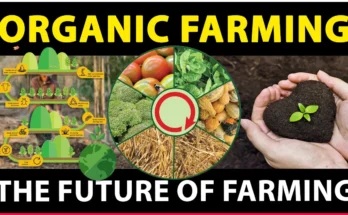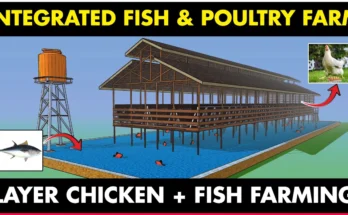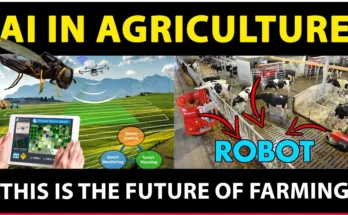HYDROPONICS FODDER FARMING BUSINESS PLAN
Global warming is a challenge in all aspects of life on earth. Animal husbandry is one of them. WITH THIS NEW TECHNOLOGY, Mr. ASHWIN SAWANT is working seriously to bring a GREEN FODDER REVOLUTION to this WORLD.
Let’s discuss the step-by-step guide on Scientific Hydroponics Fodder Business Plan.
This is SCIENTIFIC HYDROPONICS basically working in Hydroponic Fodder systems since 2011 in INDIA. Mr. ASHWIN SAWANT, who is heading this company has been awarded “KRISHI RATNA PURASKAR” OF MAHARASHTRA For his serious work in “HYDROPONIC FODDER SYSTEM“ and “ANIMAL HUSBANDRY”, in 2015 by SHREE NITIN GADKARI (CABINET MINISTER). Sawant has been passionately training people in hydroponic systems since 2014.
Hydroponic Fodder
Hydroponic fodder is the cultivation of nutritious green fodder (grass) in a water medium with added nutrients in it. Basically, seeds like Barley, Maize, Wheat, Jowar, and Bajra are sprouted into high-quality green fodder within a period of 7-9 days in a specific given condition. In this system, nutrients are directly supplied to the roots of the plants in a specific condition of water, which helps plants to absorb nutrients with less effort. Growth is faster as compared with other fodder grown in soil medium. Normally fodder grows in a 7 or 8 days stage and is loaded with nutrition and enzymes.
How much yield of Green Fodder can we expect from 1 KG?
1kg seeds give a yield of approximately 7-9 kg of fresh green fodder which is rich in amino acids, fatty acids, and fibers. Sprouting helps in the breakdown of complex biochemicals and propels metabolic activity in seeds. Enzymes get activated causing incremental growth in nutritional values.
The digestibility of seeds and legumes is increased due to sprouting. Normally digestibility of fodder is increased by 20% to 95% depending upon the type and quality of the seed.
The increase in digestibility of this fodder is due to the important role played by ENZYMES in it. Basically, Enzymes are in an inactive stage in the seed when they are in dry form, but when they are hydrated by water or by any other liquid, inactive enzymes in the grain get activated and the whole process of energy transformation takes place.
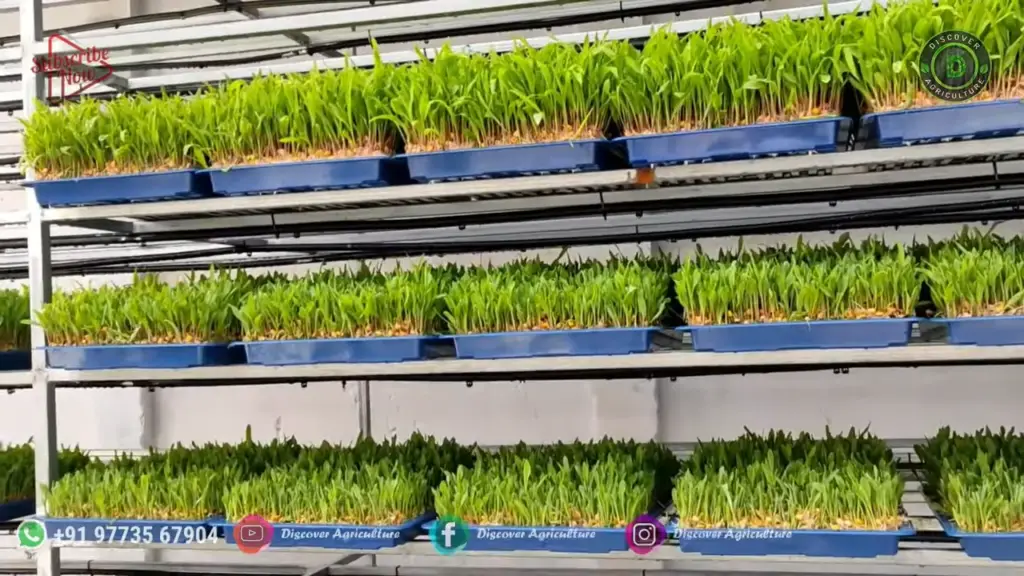
How to Increase Goats and Cattle Milk?
When the seed is sprouted in a hydroponic fodder system, Enzymes break down the complex structure into a simple form. Starch which is basically difficult to digest by animals gets converted into Simple Sugar & Soluble Carbohydrates after sprouting. Crude protein or Complex Protein in seed after sprouting gets converted into soluble Protein or Amino acid, which is easily digested by mono-gastric or ruminant animals.
Hence this is the reason why Weight in animals is Increased Fats in the seed are normally in a nonavailable form in the dry stage and get transformed into Essential fatty acids (almost 60-90%), which can be easily available to animals during digestion. Hence this is the reason why Milk is increased in goats, Cattles, and Sheep by 10 to 20%.
Hydroponic fodder will play a very crucial role in the Animal Husbandry sector in the future.
Hydroponic System as a Business Plan
Less water is required. Almost 10-15 % water is required as compared to the conventional method.
Less land & manpower is required. 5-10% of the land is required to grow vegetables and 1 to 5 % of the land is required to grow hydroponic green Fodder by a conventional method.
Easy to control specific areas under cultivation.
Not to deal with Weeds. Weeds reduce the production of your crops. This is a very big relief for a farmer, therefore spending thousands of rupees or dollars on chemicals, and labor to control the weeds on their farm.
Time & money saving due to automation.
Less harvesting time period. Almost 2-3 times faster growth of vegetables and fodder than the conventional method.
Getting Good quality and higher production of vegetables and fodder is possible because of the control over the growing conditions in a limited area and no or fewer fungicides and pesticides used in it. Hence healthy to eat.
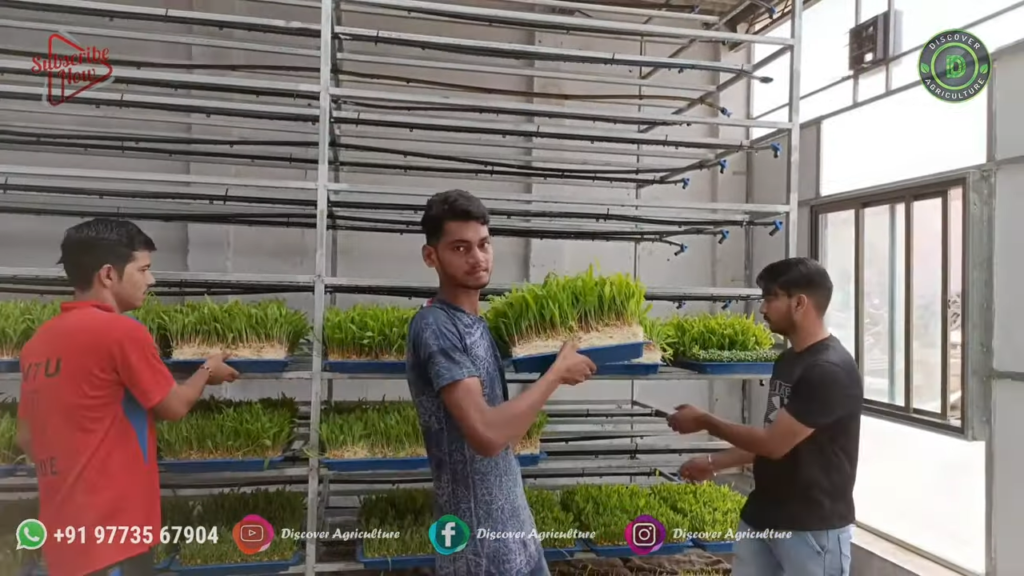
Very less fertilizers are used. Almost 1-5 % of fertilizers are used in vegetables and 1 to 2% of fertilizers are used in fodder cultivation as compared to the conventional method.
Easy to manage PH or potential hydrogen of growing medium Water which plays a vital role in growing different vegetables, flowers, micro greens, and fodder. Because the uptake of nutrients totally depends on the ph value of the growing medium. If Ph is not suitable for growing a particular crop, we will get poor results in our production. Also, vegetables, fruits, and fodder remain deficient in many minerals in such cases.
We have the freedom to grow different types of vegetables in water just by adjusting the ph value of water, But in the case of soil It is difficult to grow some type of crop because it is not possible to change the ph of the soil, hence there are limitations to grow vegetables in soil.
Due to proper management of nutrient doses to vegetables, fruits, flowers, and fodder, the flavor and texture are improved.
In hydroponic technology exact nutrients are provided to plants and fodder at their root base, hence plants absorb it directly from the water. Due to this reason plants are never in stressful conditions in search of nutrients and water. Ultimately we get excellent results in terms of quality and quantity in production.
If you’re interested to start a hydroponic fodder farm or want to know more, Contact:
Conclusion
Hence, we can grow a variety of FODDERS, VEGETABLES, AND FRUITS with this technology also. It is quite evident that with high operating costs in agriculture with decreasing cultivable land and water, “HYDROPONIC TECHNOLOGY” a sustainable technology would be the key driver in the agriculture-related industry in upcoming years.
Also view: Ring Pit Method in Super Napier Grass


